Madagascar isn’t just an island—it’s a stage where evolution got wildly creative.
Sitting off the southeast coast of Africa, this is the fourth largest island in the world, roughly the size of France.

But what truly sets it apart isn't its size—it's what’s living on it. For millions of years, while continents shifted and animals migrated, Madagascar remained relatively isolated.
That separation gave nature the space and time to experiment. Species evolved, branched out, and filled every possible niche, leading to ecosystems you won’t find anywhere else.
When I hold a lemur or fossa figurine from our Madagascar set, I’m not just looking at a toy—I’m holding a story sculpted by time, shaped by the island’s quiet, relentless creativity.
Capturing Madagascar’s Wildlife with Toymany
Lemur: Echoes of Evolution on an Island Alone
Lemurs are Madagascar’s original primates, found nowhere else on Earth.
Lemurs are what happens when evolution gets decades of quiet time on an island all to itself. For millions of years, Madagascar remained isolated from the rest of the world, and in that solitude, lemurs branched out into a dazzling variety of forms.

Each species tells a different story of evolution, and Toymany’s figurines bring that story to life, right in the palm of your hand.
-
Ring-tailed Lemur
With its bold, black-and-white tail stretching up to 60 cm, the ring-tailed lemur is impossible to miss. Every morning, it sunbathes in a yoga-like pose—arms open, soaking up warmth after a chilly night.
-
Verreaux's Sifaka
Also known as the “dancing lemur,” it hops joyfully across the ground with arms raised, like a child skipping through the forest. Toymany captured this iconic movement with a base that mirrors Madagascar’s earthy tones.
-
Black-and-white Ruffed Lemur
Often seen hanging upside down for a fruity snack, the black-and-white ruffed lemur also plays a surprising ecological role—it’s one of the world’s largest pollinators. As it feeds on nectar, pollen sticks to the thick fur around its face and is carried from flower to flower, making it a vital part of Madagascar’s forest ecosystem. Its dense coat also helps it stay warm and dry in the island’s humid, rainy climate.
-
Madame Berthe’s Mouse Lemur
The tiniest primate on Earth, weighing less than a third of an apple. With huge, round eyes and a quiet nighttime lifestyle, Madame Berthe’s mouse lemur forages alone but sleeps huddled with others during the day.
-
Bamboo Lemur
Bamboo lemur’s a survivor—its daily diet includes giant bamboo rich in cyanide. With almond-shaped, reflective eyes for night vision and a metabolism adapted to danger, it thrives where few others could.
Today, over 95% of lemur species are classified as endangered or critically endangered, threatened by deforestation and hunting.
Lowland Streaked Tenrec: A Pocket-Sized Puzzle of Nature
Weighing only around 200 grams and living just 2–3 years, the Lowland Streaked Tenrec is small but full of surprises.
It’s the only known mammal that makes sound by rubbing spines together—a technique called stridulation. The high-pitched chirps are too sharp for human ears.
Newborn tenrecs are born without spines, their distinctive quills begin developing within the first day.
Fossa: The Silent Shadow of the Forest
With cat-like teeth, dog-like features, and a long balancing tail, the fossa is Madagascar’s top predator. Agile and silent, it leaps through trees with the help of its tail, hunting lemurs with precision.
Reptiles: Scaled, Shelled, and Brilliantly Adapted
Madagascar’s reptiles are masters of survival, thriving across ecosystems from lush rainforests to thorny deserts and coastal mangroves.
-
Brookesia Micra
One of the world’s tiniest reptiles, this micro chameleon can perch comfortably on a fingertip. Its size makes it nearly invisible among leaf litter.
- Parson’s Chameleon
Massive by chameleon standards, Parson’s Chameleon doesn’t rely on flash—it moves slowly, calmly, and with deliberate grace. Its eyes swivel independently, and its tongue launches with pinpoint accuracy to snatch prey mid-air.
- Satanic Leaf-tailed Gecko
A master of disguise, this satanic leaf-tailed gecko looks exactly like a dead leaf, it’s nearly impossible to spot when still.
- Radiated Tortoise
With its star-like shell patterns and high-domed shape, the radiated tortoise is both striking and fragile. Endemic to Madagascar’s dry forests. Though stunning to look at, this tortoise is critically endangered, threatened by poaching and the illegal pet trade.
- Tomato Frog
Female tomato frogs glow in vivid red-orange, while males appear in softer yellow tones. When disturbed, tomato frog will release a sticky, toxic substance from their skin. Most of the time, they stay buried under leaves and soil, out of sight.
We created this collection with a deep appreciation for Madagascar’s animals, every detail aims to honor the real creatures behind the figures. Curious to learn more? You’ll find more species facts in our Animal Educational Resource.
Bring Madagascar to Life
Play Your Way into Nature’s Secrets
A tray, some leaves, and a handful of figurines, that’s all it takes to spark an adventure. As the kids arrange habitats and imagine stories, they begin to ask questions: Why do lemurs leap? Where do geckos hide? That’s when learning sneaks in, quiet, playful, and lasting.

Wildlife Discovery
Toymany’s figurines work far beyond the playroom. Teachers can turn each figurine into a learning moment. Holding the animal in your hand, it’s easier to understand its world.
Big Ideas from Small Figurines by Toymany
A single figurine can spark questions, wonder, and eventually, care. Toymany’s Madagascar collection opens a quiet path into wildlife appreciation. These tiny sculptures aren’t just objects, they’re gentle reminders of species worth noticing, stories worth telling, and a world worth protecting.


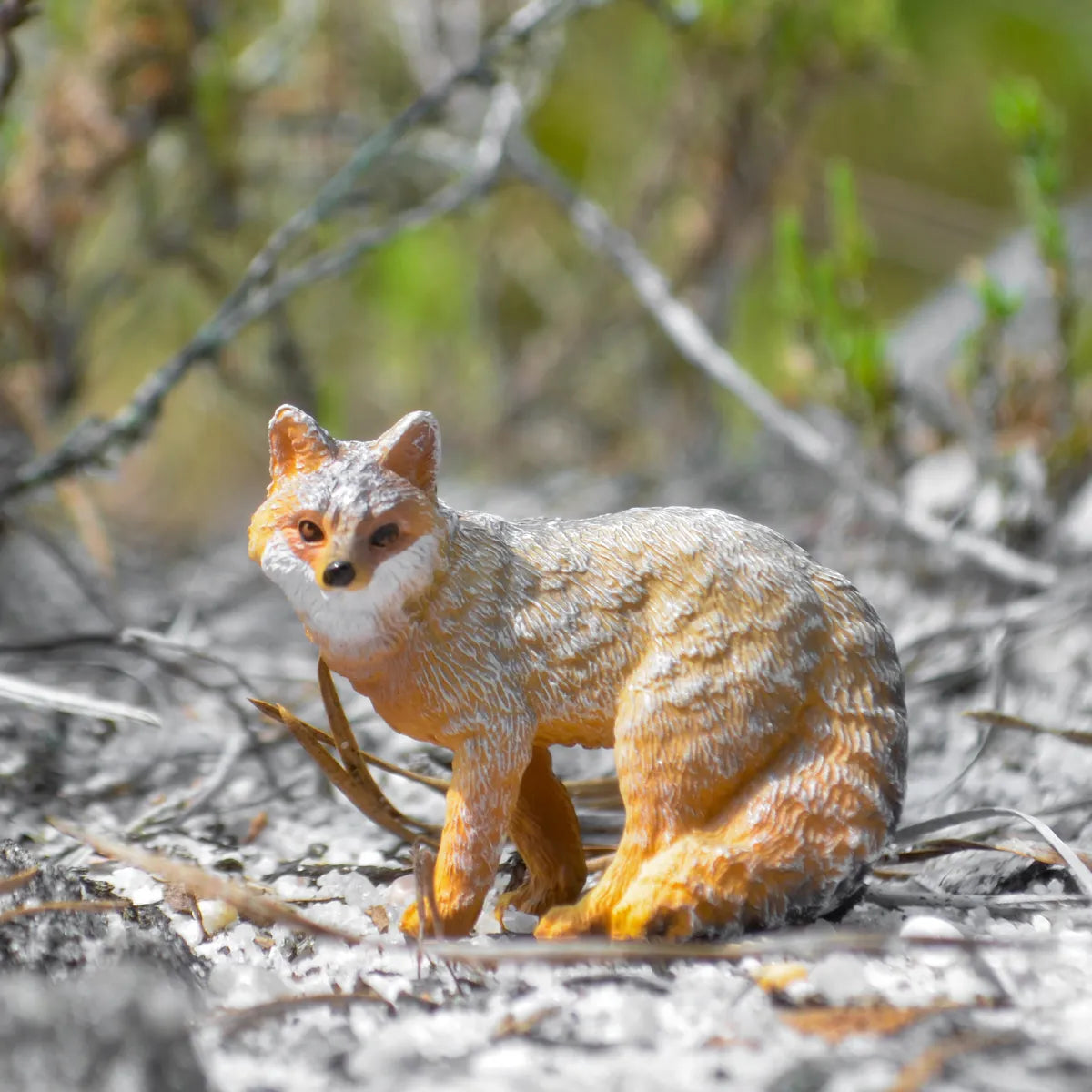
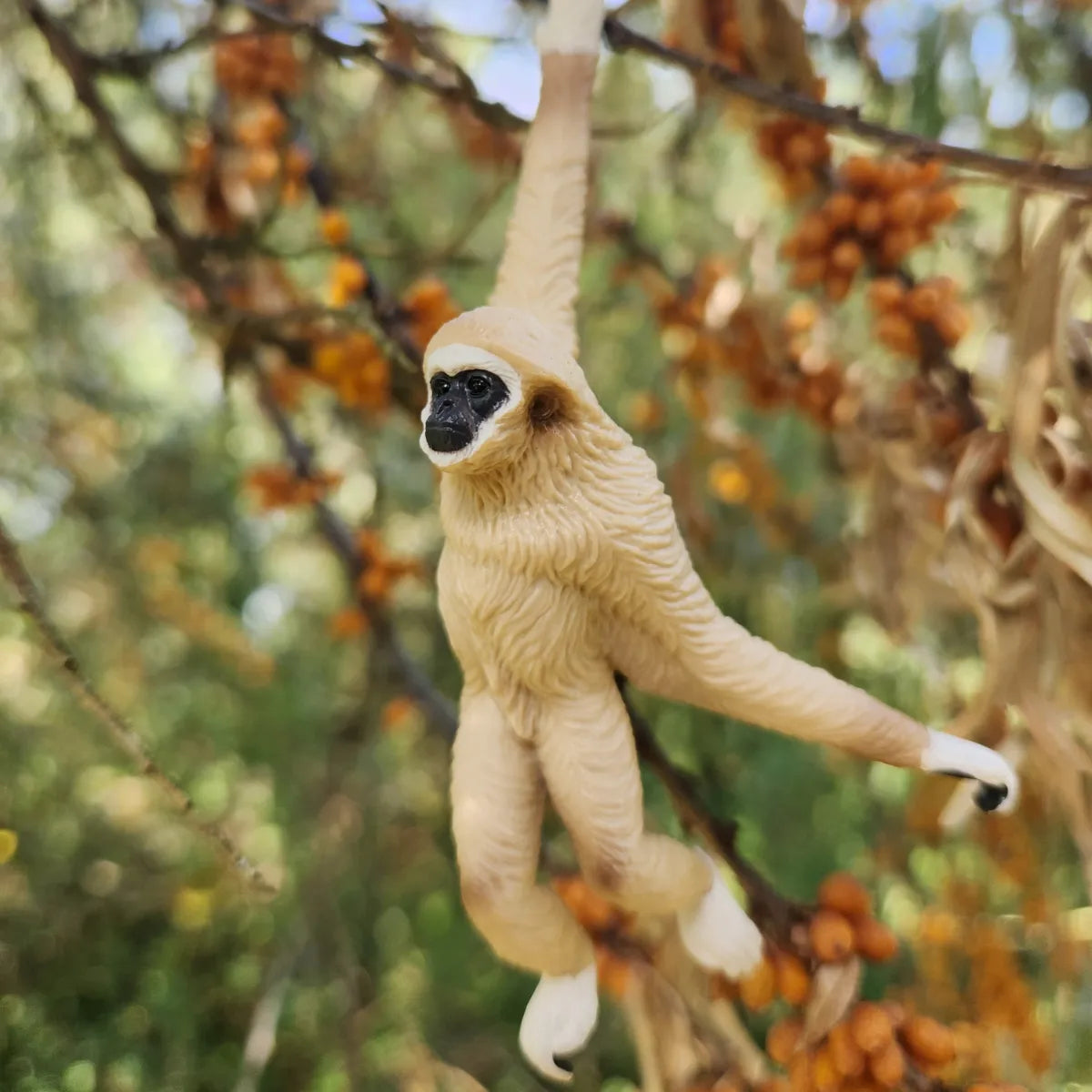
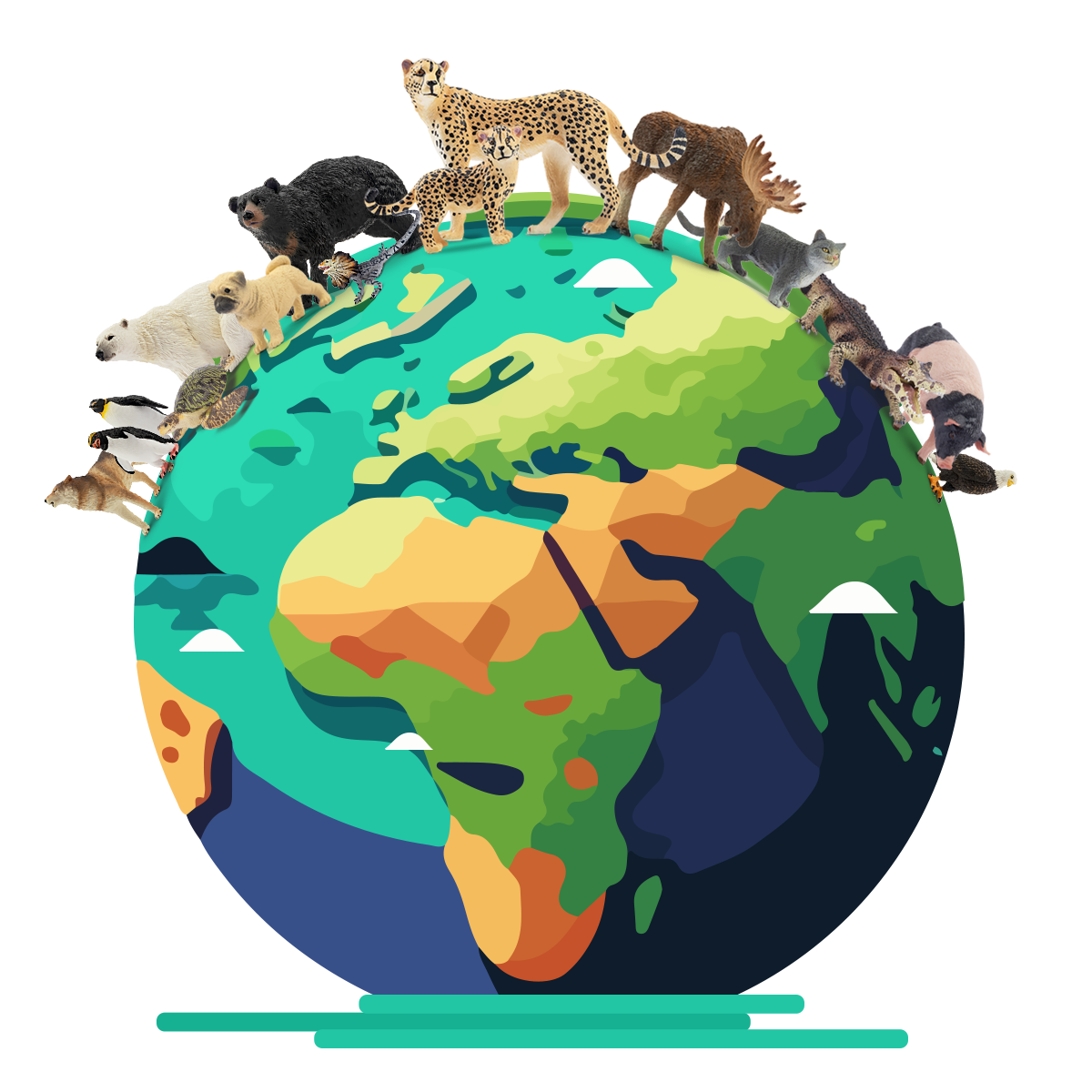
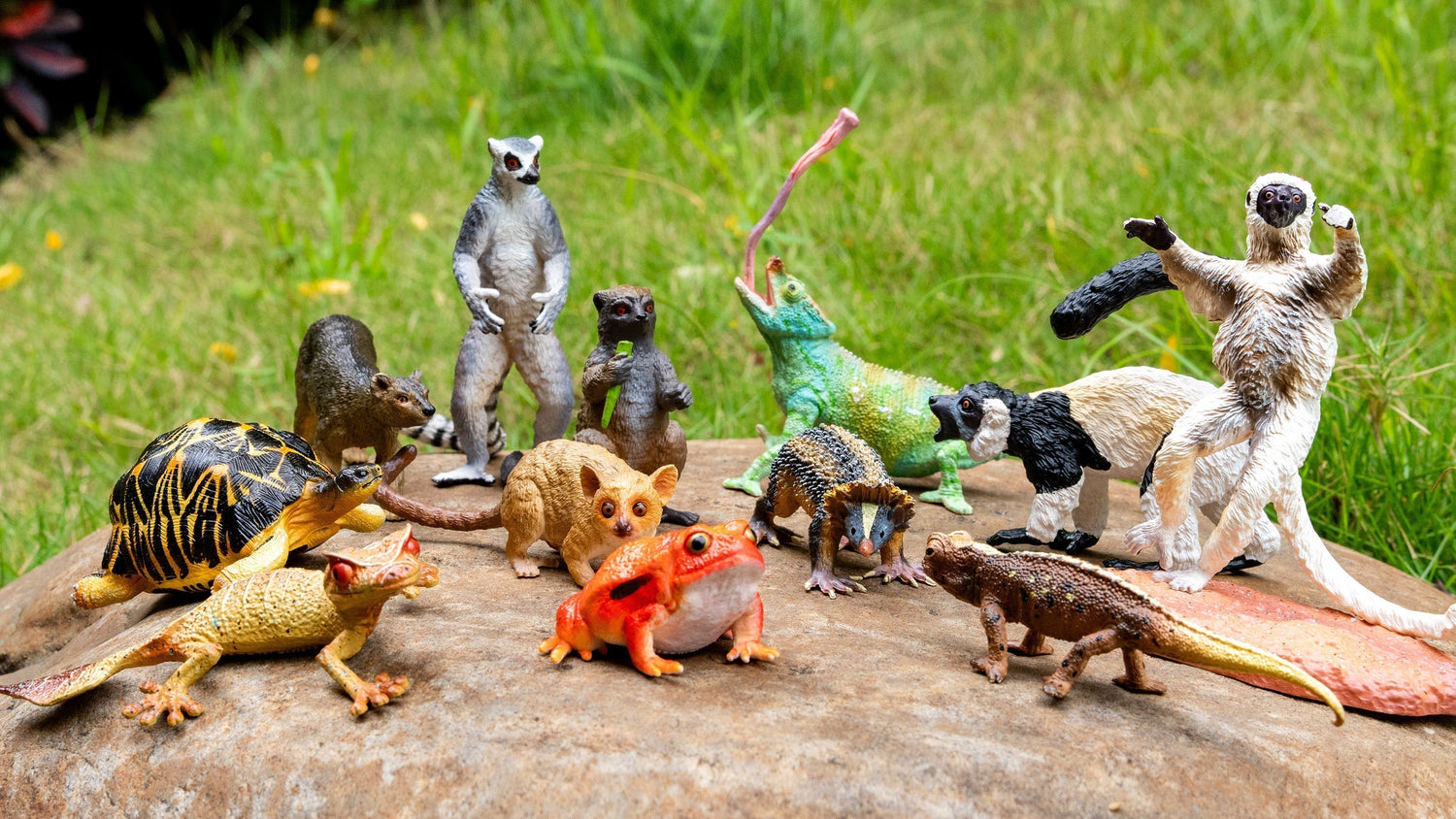
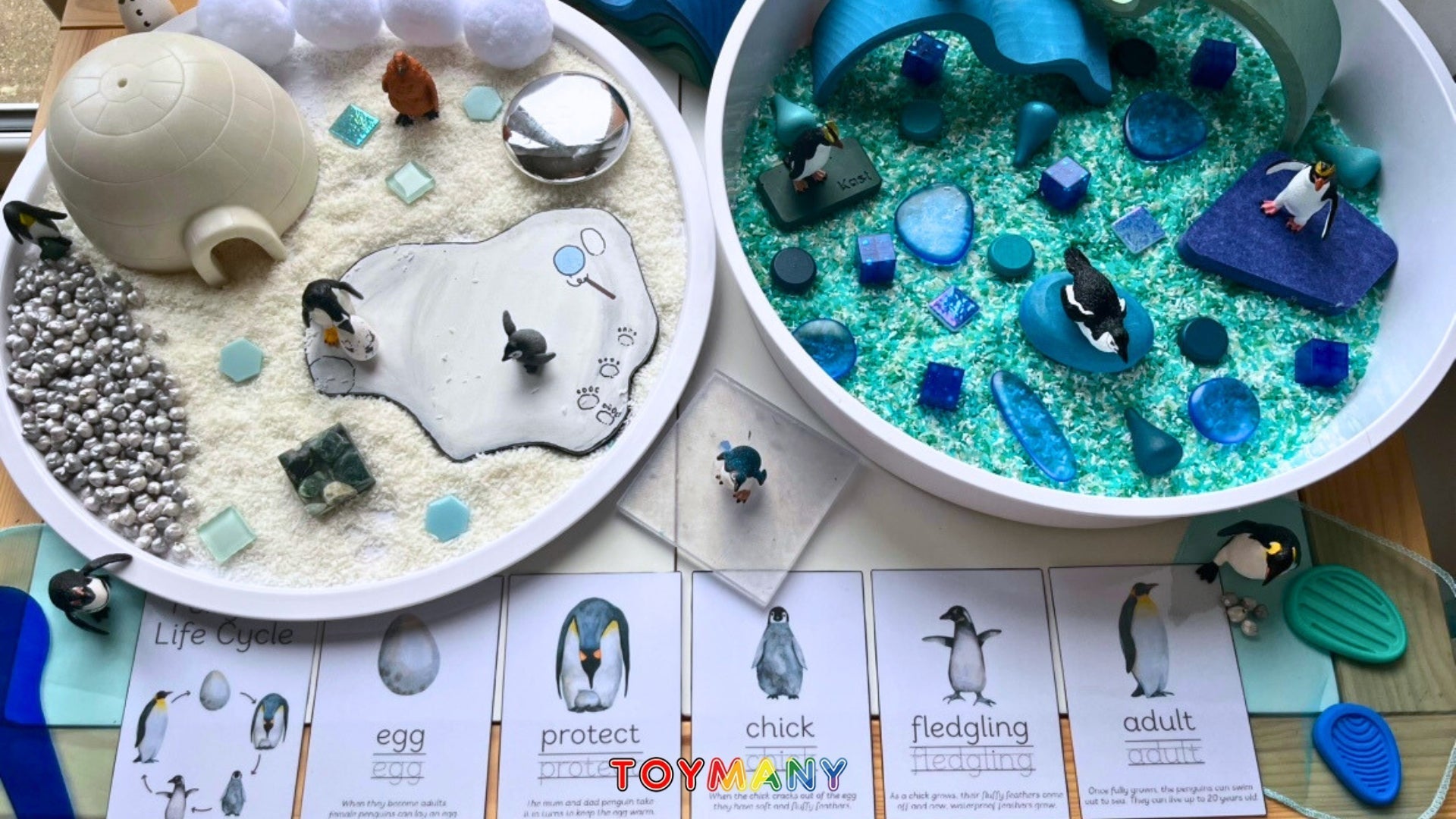
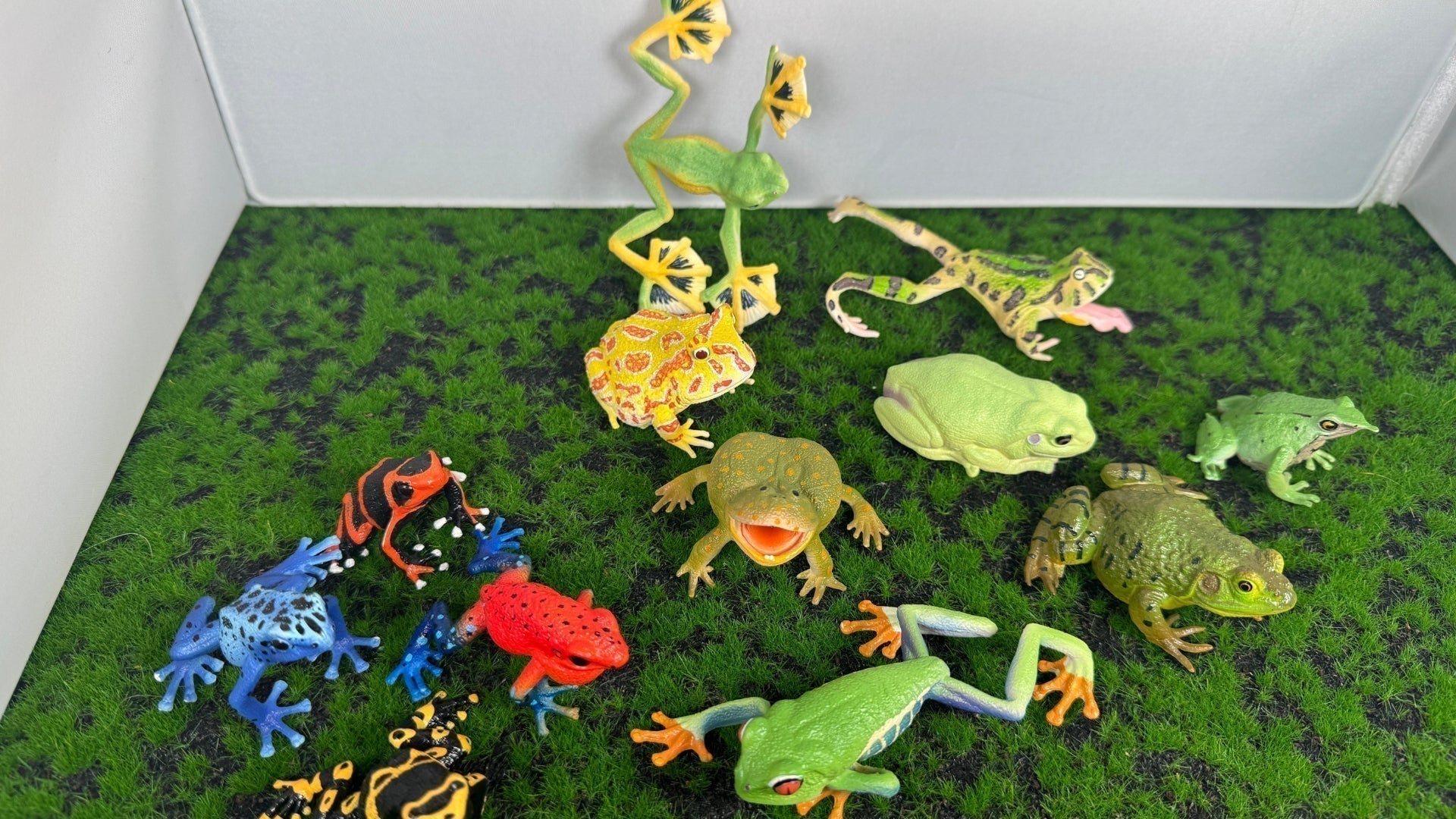
1 comment
Emiliano
Es el mejor set de figuras que puede existir. Me encanta el Sifaka, en persona se ve totalmente mejor que en la foto, tenemos una fosa!!!! La veo y me enamoro del animal, el lémur de cola anillada es simplemente hermoso y muy real, desde los detalles de pelaje hasta tu cara. Es impresionante el nivel de detalle. Definitivamente es un 10/10. Me encantaría ver un Aye-Aye, o una serie de crías de animales de Madagascar? Imagínense ver a un lémur bebé o una fosa bebé..
Leave a comment
All comments are moderated before being published.
This site is protected by hCaptcha and the hCaptcha Privacy Policy and Terms of Service apply.